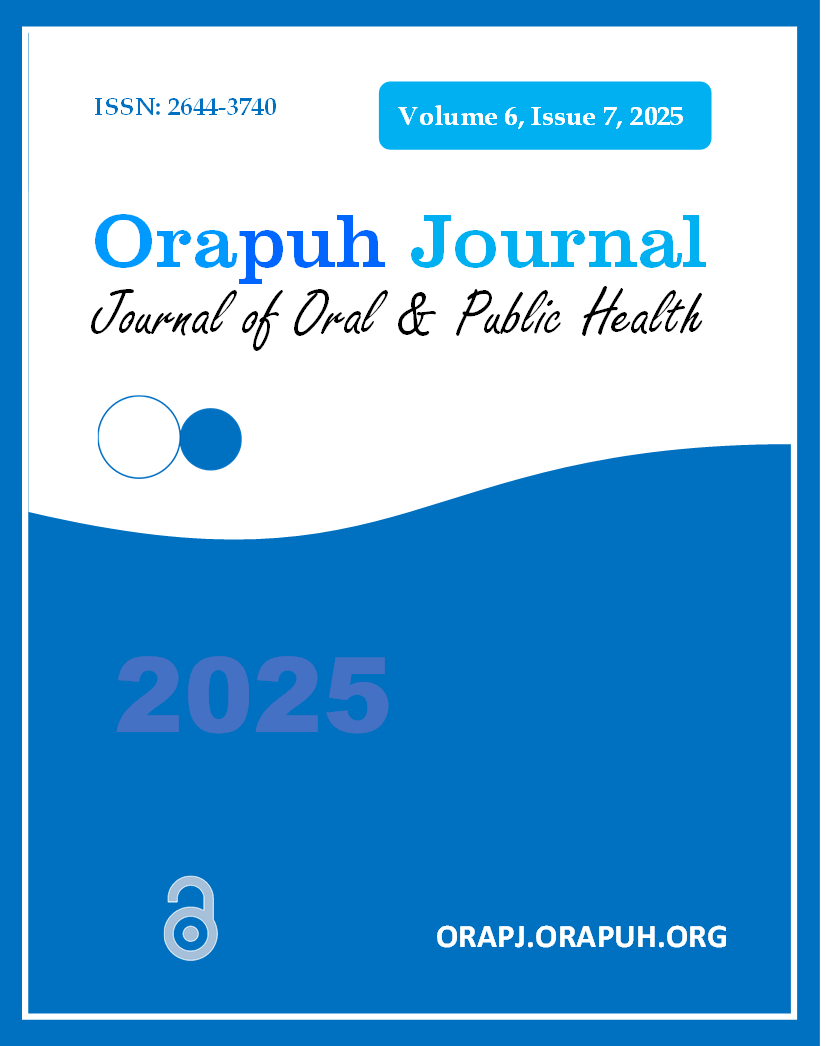Abstract
Introduction
Endometriosis is a chronic, often underdiagnosed gynaecological condition affecting women of reproductive age, with a growing impact on quality of life and fertility worldwide. Despite its prevalence, limited data are available in sub-Saharan African settings, including Kinshasa.
Purpose
To describe the epidemiological, clinical, and MRI features of endometriosis in women undergoing pelvic MRI in Kinshasa between 2022 and 2023.
Methods
A retrospective descriptive cross-sectional study was conducted using records from three MRI centres in Kinshasa. Data were collected from patients with a clinical or ultrasound suspicion of endometriosis and an MRI-confirmed diagnosis. Variables analysed included age, clinical presentation, MRI indications, protocols used, and forms of endometriosis identified.
Results
A total of 83 women were included, with a mean age of 37 ± 9 years. Most patients (58%) were aged between 20 and 40 years. The predominant clinical presentations were chronic pelvic pain and infertility (53%), followed by dysmenorrhoea and menstrual disorders (22%). MRI was most frequently requested for suspected endometriosis (65%). Adenomyosis was the most common form observed (40%), particularly in women over 40, while ovarian endometriosis accounted for 20% of cases. Deep pelvic endometriosis was more frequent in women under 25. Vaginal and rectal opacification with contrast was used in 43% of cases, mostly when performed by general radiologists.
Conclusion
Endometriosis is prevalent among women of reproductive age in Kinshasa, with chronic pelvic pain and infertility as key presenting complaints. MRI remains a valuable diagnostic tool, especially for detecting adenomyosis and ovarian endometriosis. These findings emphasise the importance of improved diagnostic strategies and awareness in low-resource settings.
References
Bazot, M., & Daraï, E. (2017). Diagnostic de l'endométriose profonde : Examen clinique, échographie, imagerie par résonance magnétique et autres techniques. Fertility and Sterility, 108, 886–894.
Bilkissou, M., Ngaha Yaneu, J., Njalong Opoulou, H., Tatah Neng, H., Kamdem, D., et al. (2023). L’endométriose chez la femme camerounaise vivant à Douala : Aspects cliniques, paracliniques et thérapeutiques. Health Sciences and Disease, 24(5), 46–51.
Borghese, B., et al. (2018). Définition, description, formes anatomo-cliniques, pathogenèse et histoire naturelle de l’endométriose. Gynécologie Obstétrique Fertilité et Sénologie, RPC Endométriose CNGOF-HAS.
Diallo, M., Niang, F. G., Diop, A. D., Soko, T. O., Fall, A., Diouf, C. T., Mbengue, A., Ndiaye, A., Diop, A. N., & Diakhate, I. (2020). Profil de l’endométriose pelvienne à l’IRM à Dakar – Sénégal. Journal Africain d’Imagerie Médicale, 13(3).
Fauconnier, A., Borghese, B., Huchon, C., Thomassin-Naggara, I., Philip, C. A., Gauthier, T., Bourdel, N., Denouel, A., et al. (2018). Epidémiologie et stratégie diagnostique. Gynécologie Obstétrique Fertilité et Sénologie, 46, 223–230.
HAS. (2017). Recommandations de bonne pratique : Prise en charge de l’endométriose. Haute Autorité de Santé.
Kuzoma, K. F. (2022). Apport de l’IRM dans la mise au point de l’endométriose pelvienne au CHU Lariboisière en 2017-2028 [Mémoire de fin d'études, Université de Kinshasa].
Le Moal, J., Goria, S., Chesneau, J., Fauconnier, A., Kvaskoff, M., De Crouy-Chanel, P., Kahn, V., Daraï, É., & Canis, M. (2022). Épidémiologie de l'endométriose prise en charge à l'hôpital en France : Étude de 2011 à 2017.
Linda, B., Thiam, I., Senghor, F., Kebe, C. T., Gaye, M., Dieme Ahouidi, M. J., et al. (2023). Aspects épidémiologiques et anatomopathologiques des endométrioses à Dakar : Étude rétrospective sur une période de 20 ans. Annales de Pathologie. https://doi.org/10.1016/j.annpat.2023.10.003
Mashele, T., Reddy, Y., & Pather, S. (2020). Endometriosis: Three-year histopathological perspective from the largest hospital in Africa. Annals of Diagnostic Pathology, 45, 151458.
Mboudou, E. T., Priso, E. B., Mayer, F. E., Minkande, J. Z., Foumane, P., & Doh, A. S. (2007). Prévalence de l’endométriose en laparoscopie chez les femmes infertiles à Yaoundé, Cameroun. Clinical Mother and Child Health, 4(2).
OMS. (2023, mars). Informations sur l’endométriose. Organisation mondiale de la Santé.
Rasuli, B. (2005). Deep pelvic endometriosis (MRI). Case study, Radiopaedia.org (Accessed on 25 May 2025) https://doi.org/10.53347/rID-203406
Samuel, O., & Onyishi, N. (2022). Endométriose chez une population de femmes autochtones africaines. African Health Sciences, 22(1), 133–138.
Tong, A., VanBuren, W. M., Chamié, L., et al. (2020). Recommandations pour la technique d’IRM dans l’évaluation de l’endométriose pelvienne : Déclaration de consensus du panel axé sur la maladie de l’endométriose de la Société de Radiologie Abdominale. Abdominal Radiology, 45(6), 1569–1586.
Uyttenhove, F., Langlois, C., Collinet, P., Rubod, C., & Verpillat, P. (2016). Endométriose infiltrante profonde : Faut-il systématiquement utiliser l'opacification rectale et vaginale en IRM? Gynécologie Obstétrique Fertilité, 44(6), 322–328.
Xiao, Z., He, T., & Shen, W. (2020). Comparaison de l'examen physique, des techniques d'échographie et de l'imagerie par résonance magnétique pour le diagnostic de l'endométriose infiltrante profonde : Une revue systématique et une méta-analyse des études de précision diagnostique. BMC Women's Health, 20(4), 3208–3220.

This work is licensed under a Creative Commons Attribution-NonCommercial 4.0 International License.

